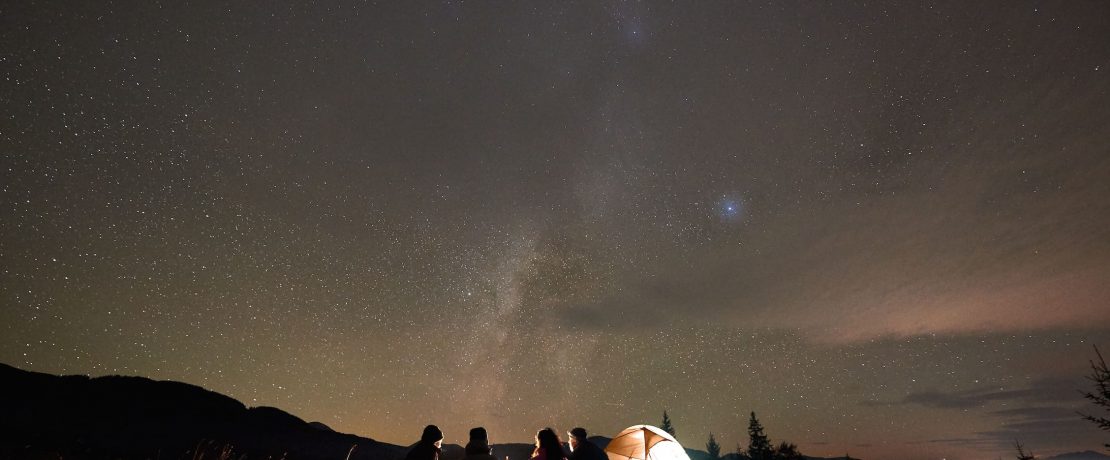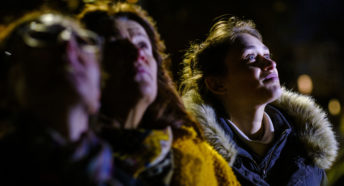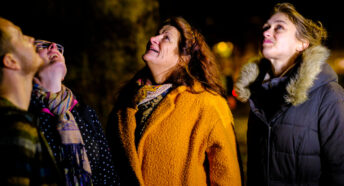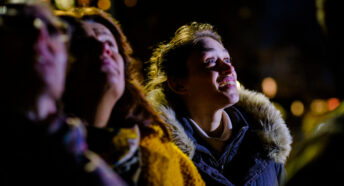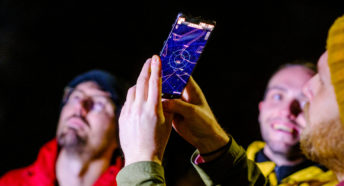Why we’re working for starry, starry skies
CPRE has been a leading national voice in championing dark skies for many years. Here’s why we believe it matters so much.
Artificial light doesn’t respect boundaries. It can spread for miles, bleeding out from built-up areas and into the skies over our countryside.
This is why we care about this issue; inky, star-strewn skies are one of the things that make our countryside so special, and we’re working to make sure that we can all experience truly dark night skies.
On carbon and conservation
CPRE makes sure that everything we do is informed by the climate emergency, which gives us another reason to take a look at the light emitted by our roads and buildings.
The most recent figures suggested that lighting could account for as much as 30% of some councils’ carbon emissions. The more this can be reduced, the better for the environment.
Happily, we have a great track record in our work campaigning for dark skies. Since the 1990s we’ve campaigned for policies to reduce light pollution, partnering with others such as the British Astronomical Association, and in 2012 a national planning policy to control lighting was introduced as a result.
It confirmed all the reasons we know dark skies are important, including limiting impacts on ‘intrinsically dark landscapes and nature conservation’. This point about nature is, we think, an essential one.
For example, research has suggested that moths, which play an important role in pollinating flowers during their nocturnal activity and have declined in abundance by 40%, might have been disrupted by light pollution – but that this can be alleviated by the use of lower energy lighting or part-time night lighting.
Gathering data
We’re making sure we gather lots of facts and figures so that we can keep making a case for the value of starlit skies. We’ve surveyed 83 councils across England to learn more about their approaches to ensuring dark skies and gave recommendations about how they can do even more.
We’ve also made maps showing areas where the darkest and brightest skies are – why not explore them now on our Night Blight website?
We’ve made these freely available and searchable so you can check out your local area and explore the places where you’ll have the best chance of star-spotting.
And each year we run a Star Count – our citizen science project to see how many stars people can see in the Orion constellation. This helps us gather national data and track where light pollution is on the rise.
Twinkle twinkle – forever
CPRE believes that the remarkable tranquillity that comes with clear, velvety skies speckled with stars is something really special, and we want to make sure that everyone can experience this.
Lighting is of course needed, and we’re advocating for it to be thoughtfully used in the right places and when it’s called for. Our research helps to guide these decisions, and we’re proud of that.
We’ll keep moving our vision of deep, dark skies forward, to give us all the best chance of having our breath taken away by a view of the Milky Way, Mars or Orion. And in the meantime? You can find us with our eyes to the heavens.
